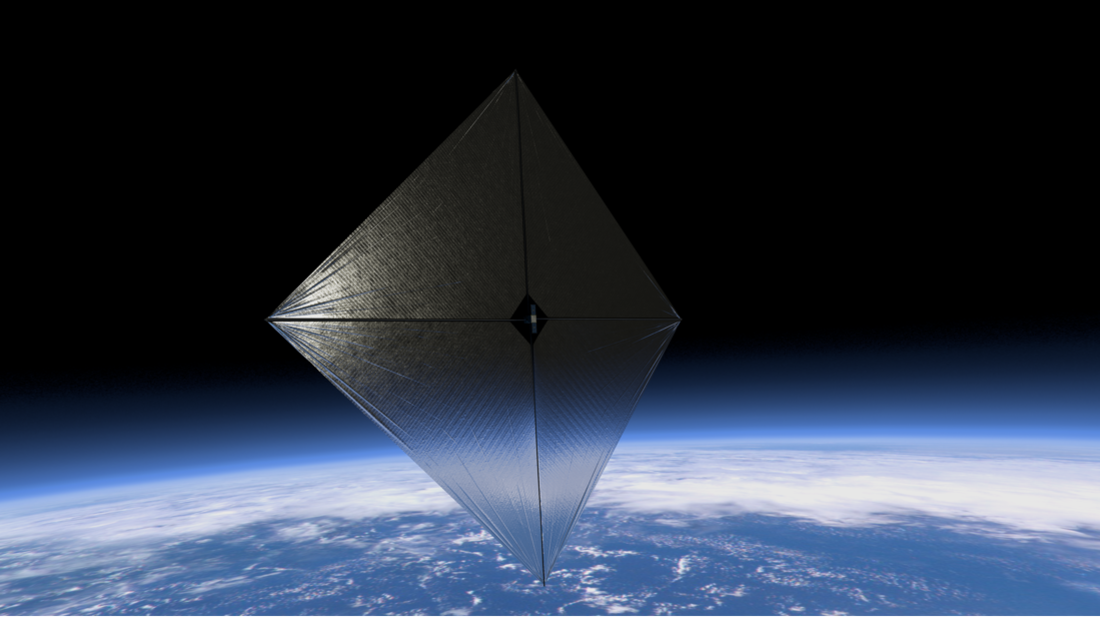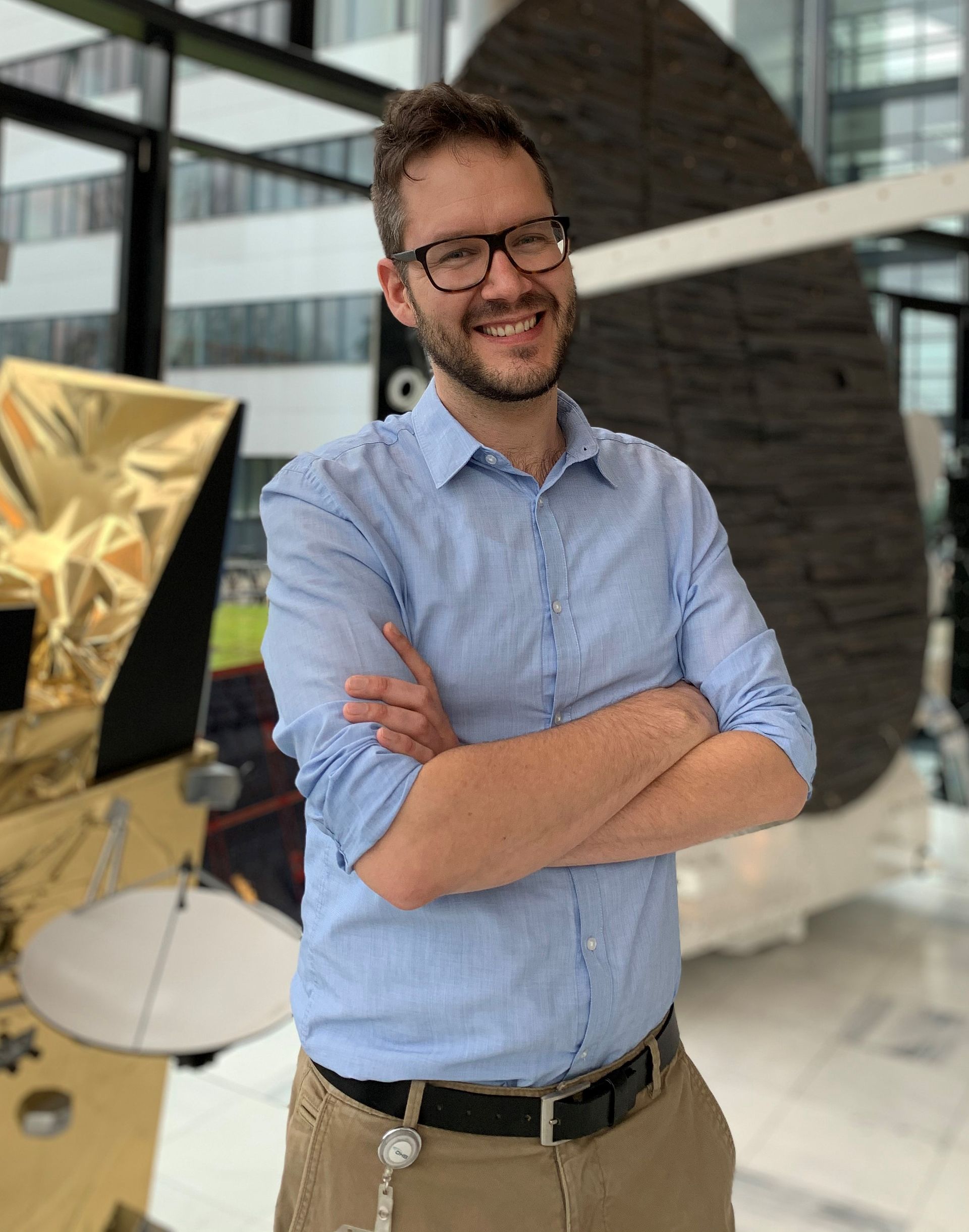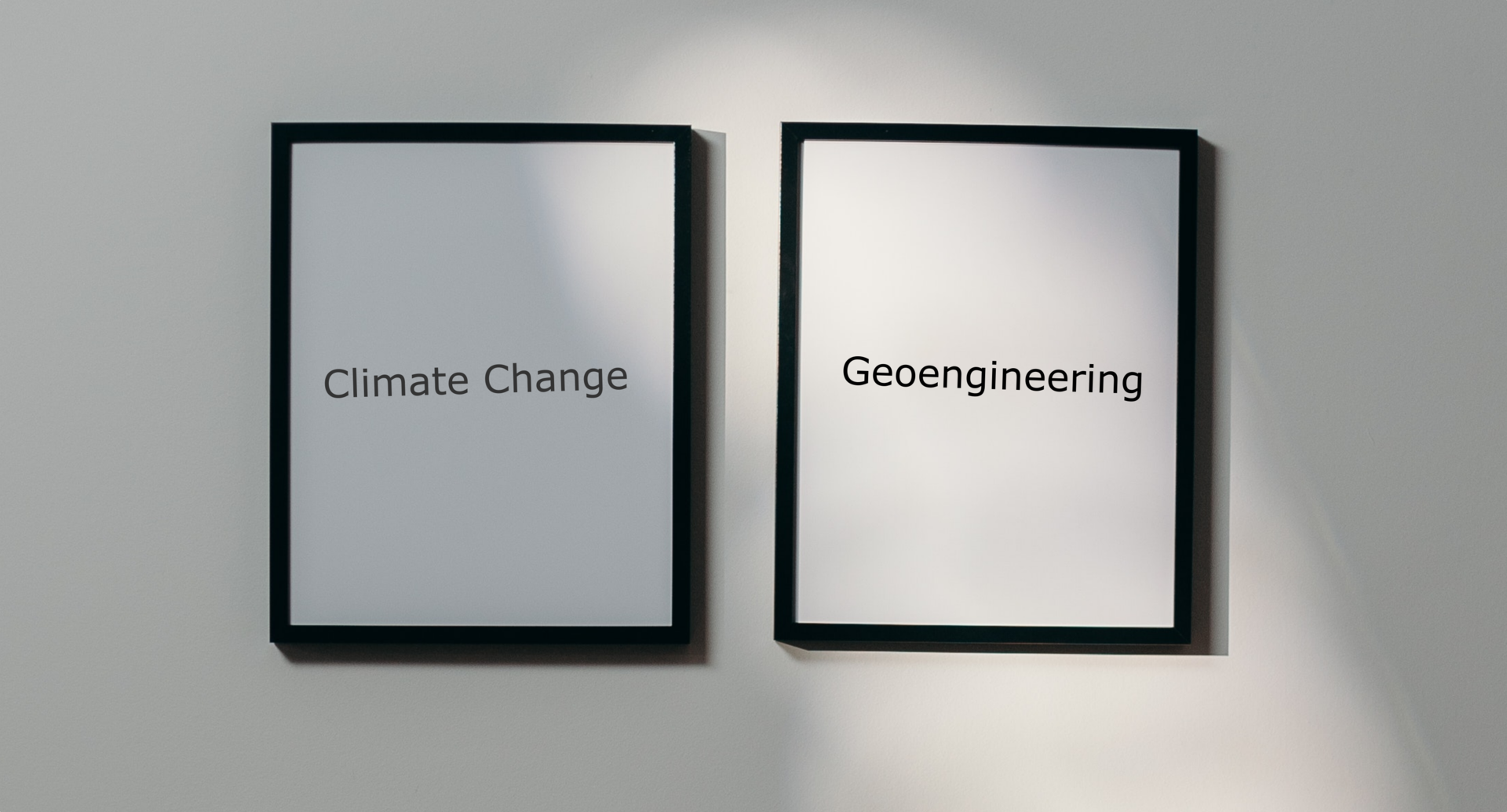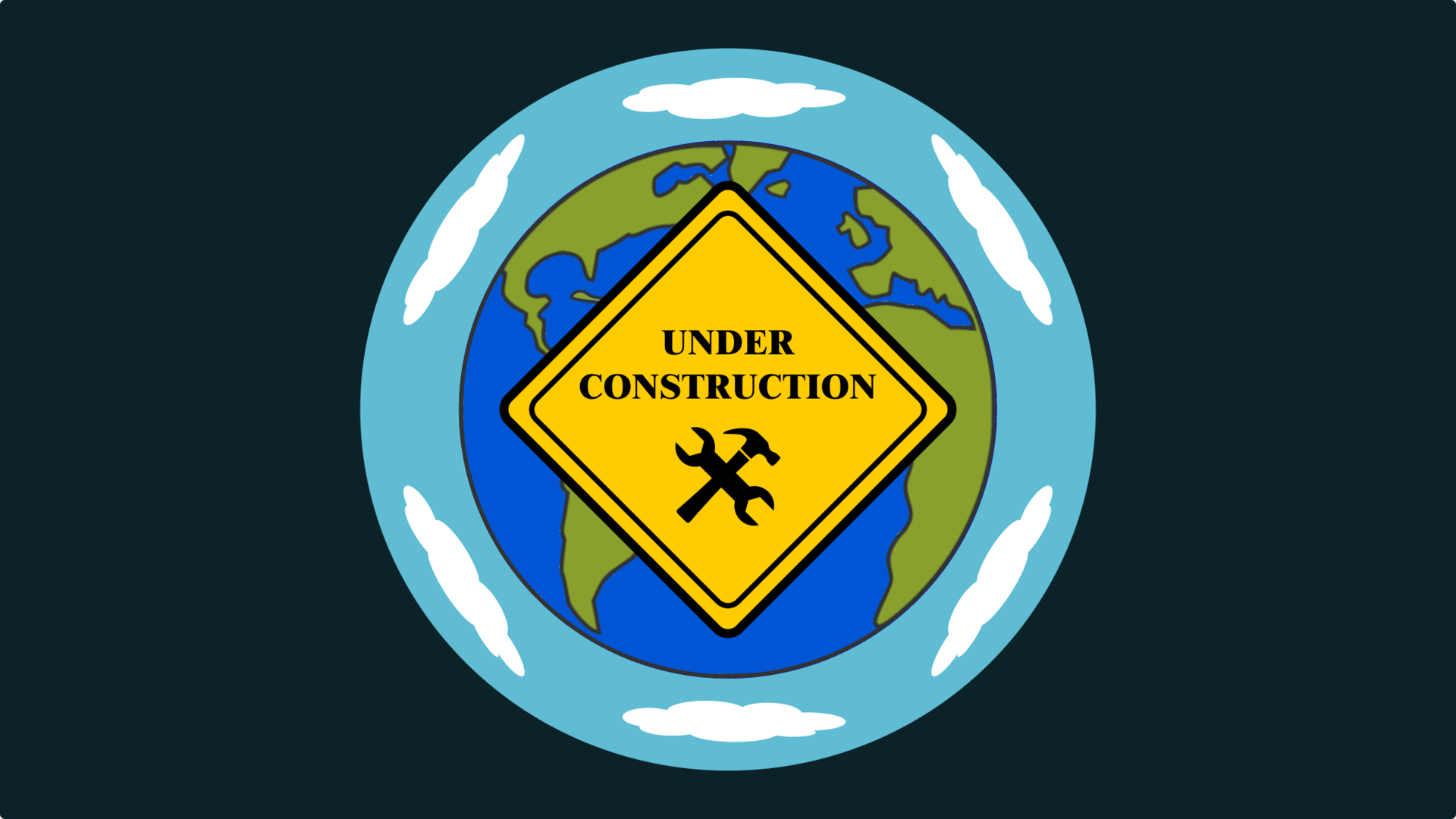OHB has been working on the topic of geoengineering since 2019. At the beginning of 2021, a consortium was formed with various research groups to examine the topic from different angles. At the end of the year, project manager Tomas Hamann looks back on the consortium's activities and explains why it is important to approach the subject of geoengineering with an open mind.
It has been almost a year since we did our last interview. What has been happening since then?
Tomas Hamann: Oh, quite a lot actually. When we last spoke, we had just started setting up a consortium on geoengineering. Since then this consortium has gained quite a lot of momentum. More members have joined and we have seen some initial results. A lot of people have put a lot of effort in this and I am very impressed by the commitment with which the individual research groups have approached the topic. The consortium is now even applying for a Marie Skłodowska-Curie grant, which is incredible because it would enable ten PhD students to investigate the topic. This would significantly enlarge our project. I think it is really remarkable how well this has worked so far.
So you think the consortium will be getting bigger in the future?
I think investigations like this should always be as multidisciplinary as possible. Otherwise, when investigating a topic as complex as geoengineering, it is unfortunately very easy to accidentally leave out important areas of expertise. Not because of an ill will, but simply because the knowledge is not there. So in the future we should definitely include more people from more different backgrounds and with more different areas of expertise.
I think investigations like this should always be as multidisciplinary as possible. Otherwise, when investigating a topic as complex as geoengineering, it is unfortunately very easy to accidentally leave out important areas of expertise.
Had you even heard of geoengineering before you started looking into it more deeply?
I had already heard about geoengineering, but with the start of the investigation at OHB it suddenly became very concrete. I see it as a new field of expertise that I have acquired. Before the project started, my knowledge of geoengineering was rather vague. I could have given you the definition of the word, but that was it. Now I have a much clearer picture of the subject.
Which is?
Initially, we have mostly been thinking about how to mitigate the thermal effects of climate change with a solar shield. The problem is that the investigations that we have done so far within the consortium leave us with a mission scenario that is economically challenging and would take too much time to implement because it requires too many spacecraft.. But what if we approached the problem from a different angle? If we think of a less extreme number of spacecraft – maybe 1,000 or so – and then look at what we could achieve with them, we might actually arrive at a viable mission scenario that, while not completely counteracting the thermal effects of climate change, could still help avoid dangerous tipping points.
So you think we should focus on the space-based solution?
No, absolutely not. The space-based solution is just one of multiple possible solutions that we should look into.
Has your personal view on geoengineering changed during the project?
Not really, no. Or at least not very much. I still believe that geoengineering is not a magic cure-all. We definitely need to start tackling the climate crisis by drastically reducing emissions. That is definitely Plan A. One way to do this is electing the right people as our leaders. If this is not enough or not going fast enough, we should focus on using carbon dioxide removal technologies to tackle the problem at its root. It is the high carbon dioxide content of the atmosphere that is causing the Earth too warm up, so what can we do to change this? This would be Plan B. If you have a bath tub that is about to overflow, the first thing you should do is try and close the tap, but at the same time you can also grab a bucket and start removing water. It is not an either-or situation. To solve the problem once and for all, it is not enough to only use the bucket. You will still have to close that tap.
We definitely need to start tackling the climate crisis by drastically reducing emissions. That is definitely Plan A. One way to do this is electing the right people as our leaders.
And where does the space-based concept feature in this?
If Plans A and B prove to be insufficient to tackle the climate crisis, solar radiation management comes into this as Plan C. But I really hope that it will never come to that. Its interaction with the Sun makes our Earth the planet it is. Tampering with that would be a massive and extremely unnatural intervention in the basic functioning of our planet. It would mean forcing the climate back to a state we like. We have investigated this topic for more than a year now, but we still do not know what the impacts of deploying such a system would be. I think scepticism towards solar radiation management is grounded.
But you still think that we should continue looking into it?
Yes, definitely. I think we need to continue to investigate the topic as objectively as possible. Only then can we obtain facts. And we need those facts to make informed decisions.
What is the future role of OHB within the consortium?
I think OHB coordinating the consortium activities has worked very well for all parties involved. Besides that, the most valuable thing we can provide is our industry input. We have experience in building spacecraft which means that we can provide input on how to build systems. If the consortium activities arrive at a more concrete mission scenario, then we can of course provide mission analyses and cost estimations and the like.
In the past year, you have not only coordinated the consortium activities but also explained about geoengineering to many different people. What kinds of reactions have you received?
Most of the people I have had discussions with found the idea of geoengineering quite fascinating. That does not mean that all the people I talked to liked the idea. Some people were very sceptical – especially about the space-based concept. But other people were actually quite relieved to hear that these kinds of ideas exist and that there are people thinking about this. You could say that I have experienced the complete range of reactions that could be expected. To be honest, I think the number of people who reacted sceptical was relatively small.
Most of the people I have had discussions with found the idea of geoengineering quite fascinating.
And do you think that was out of politeness?
Maybe. But I would like to think they were more inclined to talk to me and be open about it because I am really trying to be open-minded about it myself.
Did you also encounter people who did not want to discuss the topic at all?
There are some companies who are involved in carbon dioxide removal who do not want to be associated with geoengineering. I found that quite interesting because carbon dioxide removal is generally listed as one of the two main branches of geoengineering concepts. But in a way I found their reaction also quite understandable, because what they are doing is very concrete. They are actually already building machines that are removing carbon dioxide from the atmosphere. So they have their prototypes up and running, while we are still in a very early phase with our space-based concept and it does not even seem feasible at the moment. So I understand why these companies do not want to be associated with that.





